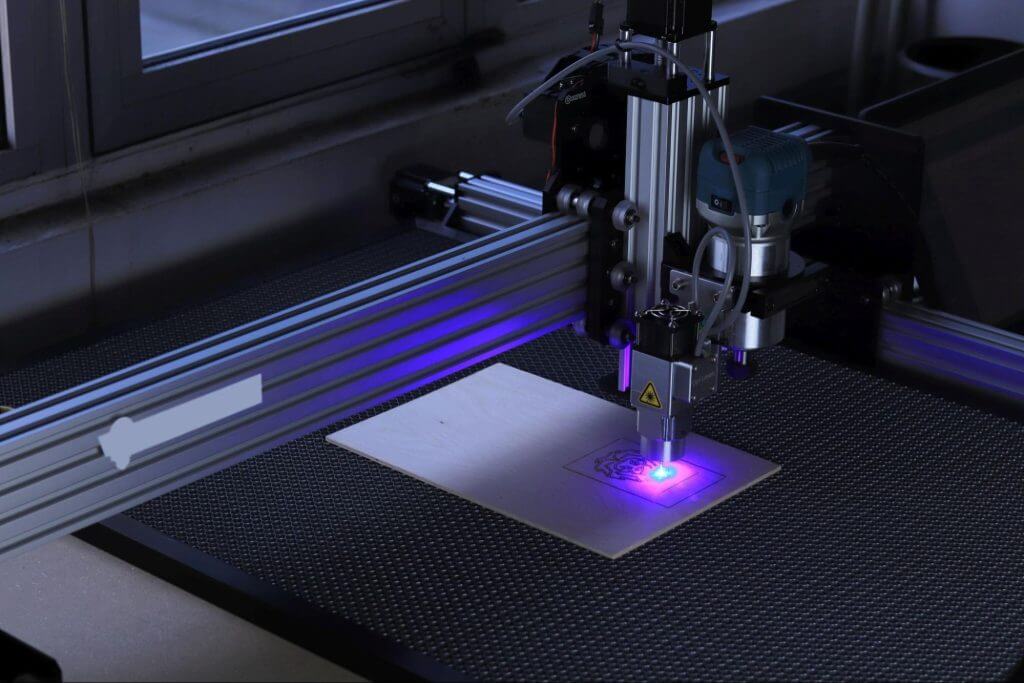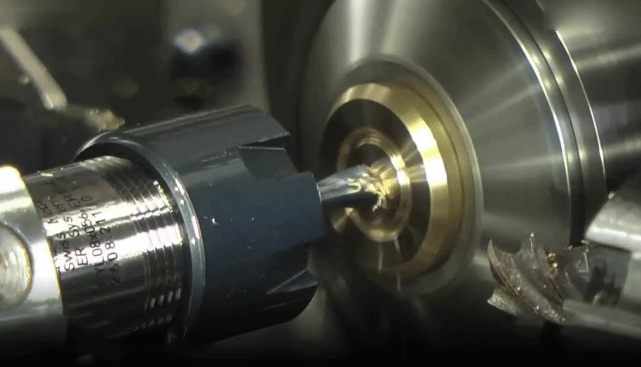A Guide to Swiss Machining and Automation
Manufacturing has changed significantly over the years. One of the skills/techniques that has undergone the greatest development is Swiss machining. The integration of computer numerical control (CNC) technology enables companies to automate operations for better accuracy, precision, speed and output. This advancement in technology has also ensured the quality of kubota zero turn parts, and kubota zero turn mower parts.
1.What is Swiss Machining?
Swiss machining is a subtractive manufacturing process that uses specialized machining equipment, known as Swiss-type. The main difference between Swiss-type machining equipment and other machining equipment is that it uses a bar feeder to hold the workpiece and a guide bushing to reduce the distance between the spindle and the cutting tool. The result is a workpiece with fewer curved surfaces and cut surface defects, which allows small cylindrical parts and kubota zero turn parts and kubota zero turn mower parts to be manufactured with a high degree of accuracy and precision. Swiss machining processes are specifically designed to enable manufacturers to achieve tighter tolerances while improving quality and repeatability.
2.How has automation changed Swiss machining?
Swiss machining has applications in manufacturing operations in many industries, including automotive, electronics, firearms, general industrial and medical, and even kubota zero turn parts and kubota zero turn mower parts. Over the years, technological advances have led to significant improvements in equipment and processes. For example, many Swiss-style machines utilize computer software and controls to achieve tighter tolerances and higher precision than standard units.

Equipped with automatic loading capabilities, user-friendly controls, programming capabilities and many other advanced features, CNC Swiss machining equipment offers manufacturing companies and customers many advantages. E.g:
- It allows complex parts and products to be produced in a single operation, saving companies and customers time and money.
- It enables small diameter (up to 1.25″) parts to tight tolerances (±.002″).
- It reduces setup time and enables manufacturers to quickly switch machines between jobs.
To learn more about our Swiss processing capabilities, please contact us today. To discuss your project with a member of our team, please request a quote.
